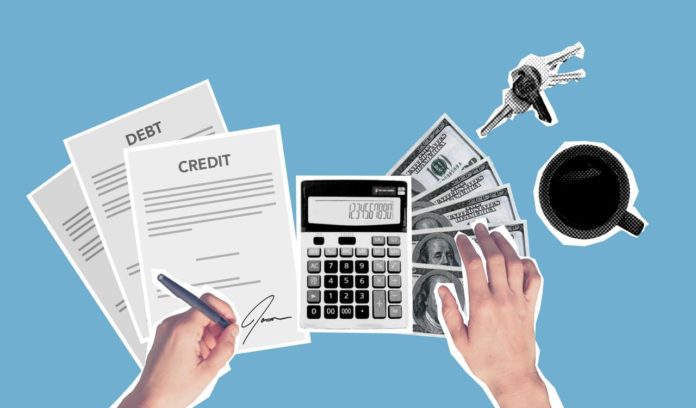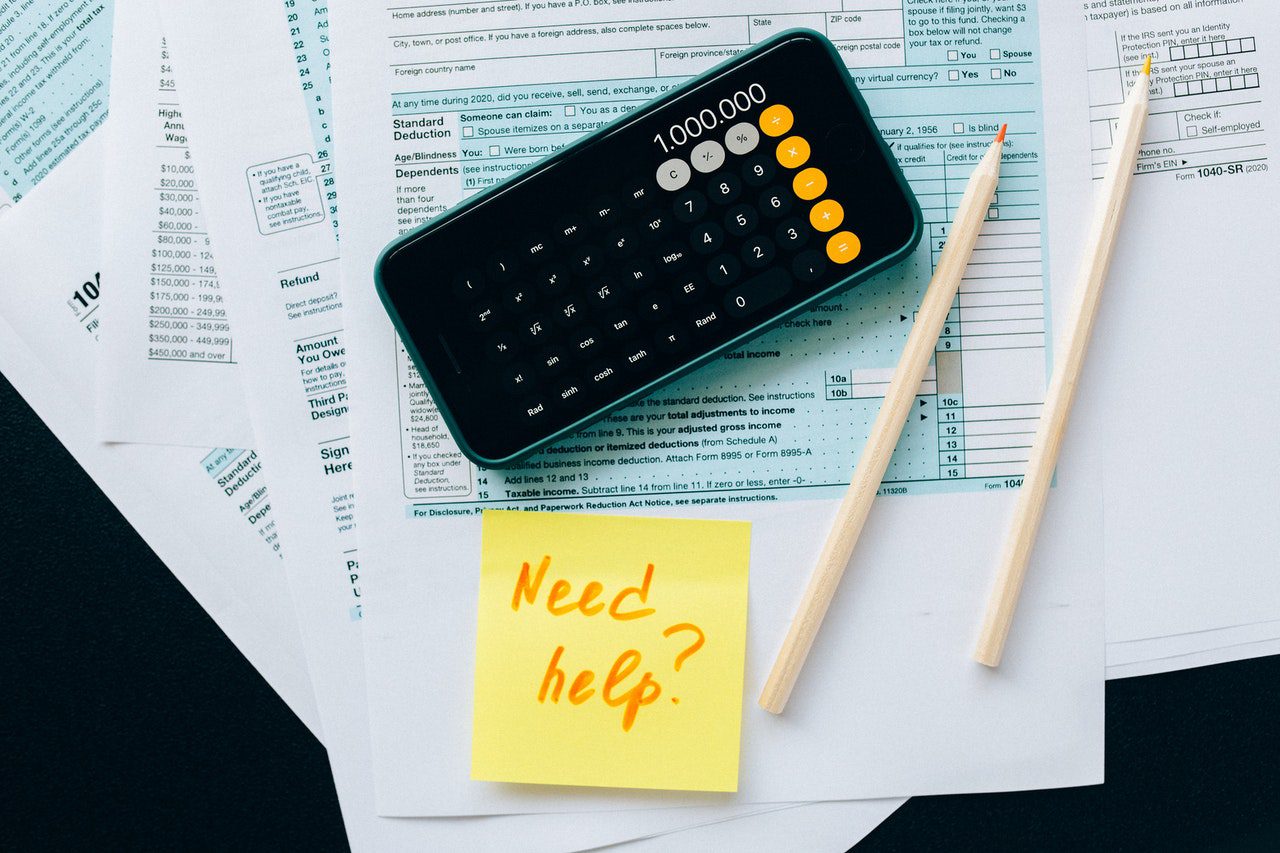If you’ve ever applied for a loan or credit card, you know that your credit score is one of the first things that lenders check. This three-digit number is a key factor in determining whether or not you’ll be approved for new credit, and it also plays a role in the interest rate you’ll receive.
But what you might not know is that there are actually multiple credit scoring models in use, and each one generates a slightly different score. So why is that? And what does it mean for you?
The three major credit bureaus—Experian, Equifax, and Illion—all have their individual credit scoring models. That means that when a lender requests your credit report from one of these agencies, they’re also getting a specific credit score that’s based on that agency’s scoring model.
Each credit bureau has its own way of weighing the information in your credit report, so it’s not surprising that you might end up with slightly different scores from each one.
But while the specifics of each credit scoring model may differ, there are a few similarities that you can use to pattern your credit behavior to improve your scores across all three agencies.
Let’s explore what each credit score means and how you can improve yours.
What Is Reporting Model Used By These Reporting Agencies?
The three major credit scores are based on the information in your credit report, but each one uses that information a little differently to generate your score. Here’s a closer look:
- Experian uses the FICO Score 8 model, which was introduced in 2009. This is the most widely used credit score, and it takes into account several factors, including payment history, credit utilization, the age of your credit accounts, and any newly opened accounts. (FICO Score 9 is also available, but many lenders still rely on the predecessor.)
- Equifax uses the BEACON Score, which was developed by Fair Isaac Corporation (FICO). The BEACON Score is similar to the FICO Score 8 in that it takes into account things like payment history and credit utilization. However, it also considers public records and inquiries when determining your score.
- Illion uses the illion Transaction Risk Score (iTRS) model, which employs a hybrid of traditional modeling and machine learning techniques.
What Are the Scoring Ranges in Each Reporting Agency?
The ranges for each credit score vary depending on the agency, but they all use a similar scale. Here’s a look at the ranges for each credit scoring model:
- FICO Score 8: 300-850
- BEACON Score: 400-900
- illion Transaction Risk Score (iTRS): 201-999
For the BEACON, the general benchmark for a “good” score is mid-600s or above. Lenders won’t give you the best terms with a score below that threshold, but you might still be approved for credit, depending on your personal circumstances.
For the FICO Score 8, you’ll usually need a score of at least 670 to 739 (or more) to qualify for the best interest rates and terms on loans. A score of 580 or below generally indicates that you’re a high-risk borrower, and you might have trouble getting approved for credit.
For the illion Transaction Risk Score, borrowers should aim to have a score of 740 or above. A score of 299 or below is considered high risk, and you might have difficulty getting approved for credit.
Why Is The Range Across Each Reporting Agency Different?
There are a few reasons why the ranges for each credit score might differ.
First, each reporting agency uses a different scoring model, so the range is going to be based on the specific factors that are being weighed in each model. The main factor that drives this difference is the number of lender reports that each agency receives, which you can find out more about here.
Additionally, the population of borrowers being scored also plays a role.
For example, if you have a FICO score of 720, that might be considered good if the population of borrowers being scored has an average score of 680. But if the population has an average score of 750, then your score of 720 would be a lower priority in comparison.
The ranges also differ because each credit scoring model is constantly evolving. As new data becomes available, the models are updated to reflect their analytics and way of modeling credit risk.
What’s The Best Way To Improve My Score?
If you’re trying to improve your credit score, there are a few things you can do.
- Pay your bills on time: This is the most important factor in your credit score, so be sure to make all of your payments on time, every time.
- Keep your credit utilization low: Aim for a credit utilization ratio of 30% or below. That means if you have a total credit limit of $10,000, you shouldn’t be using more than $3,000 of that credit.
- Don’t open too many new accounts at once: When you open a new credit account, it can temporarily lower your score. For example, it’s better to use car rental companies that don’t do credit checks, so you don’t get a soft inquiry on your report. Wait to open any new accounts until after you’ve gotten the loan.
- Check your credit report regularly: Keep an eye on your credit report for any inaccuracies or errors. If you see anything that looks wrong, dispute it with the credit bureau.
By following these tips, you can improve your credit score and get better terms on loans in the future.



